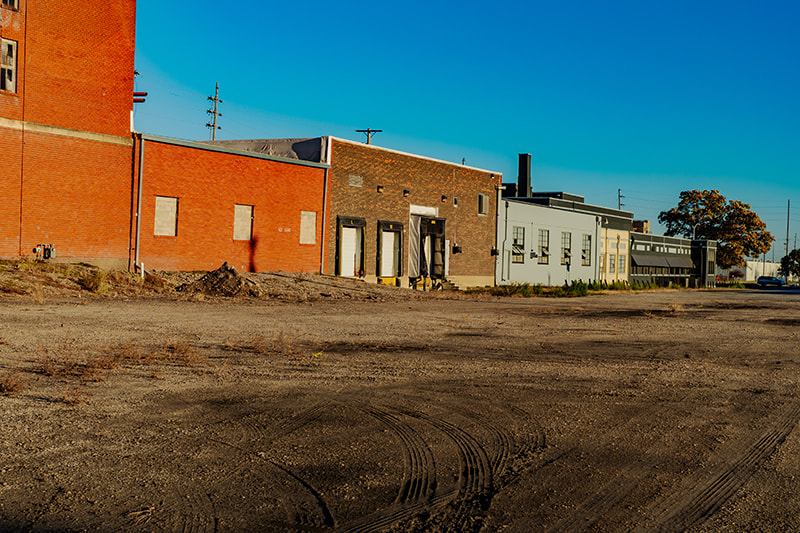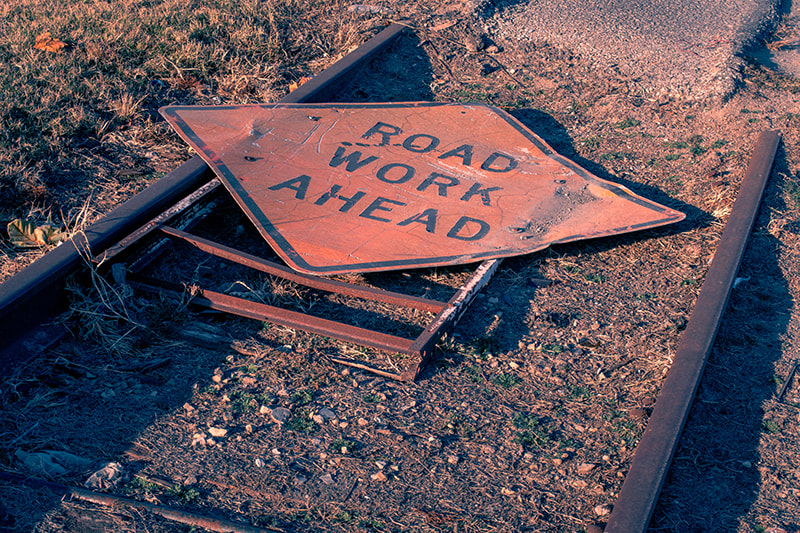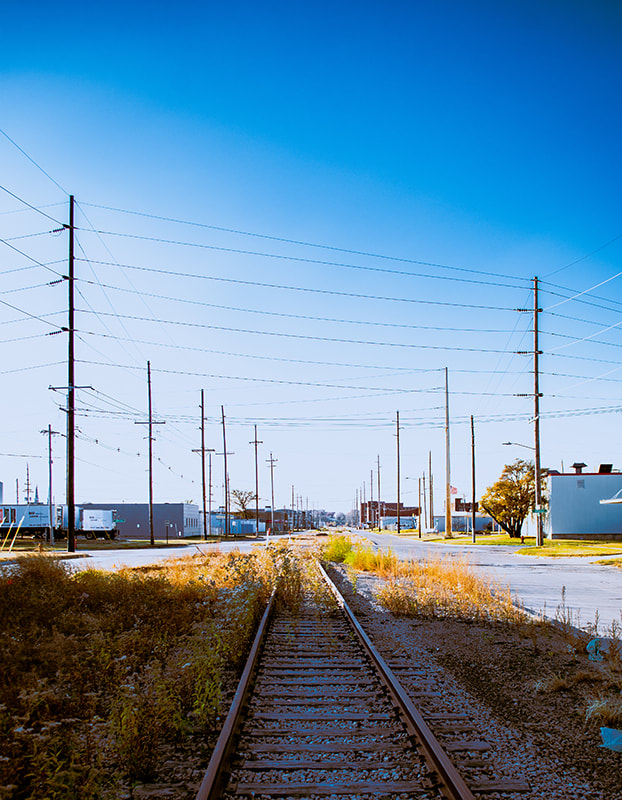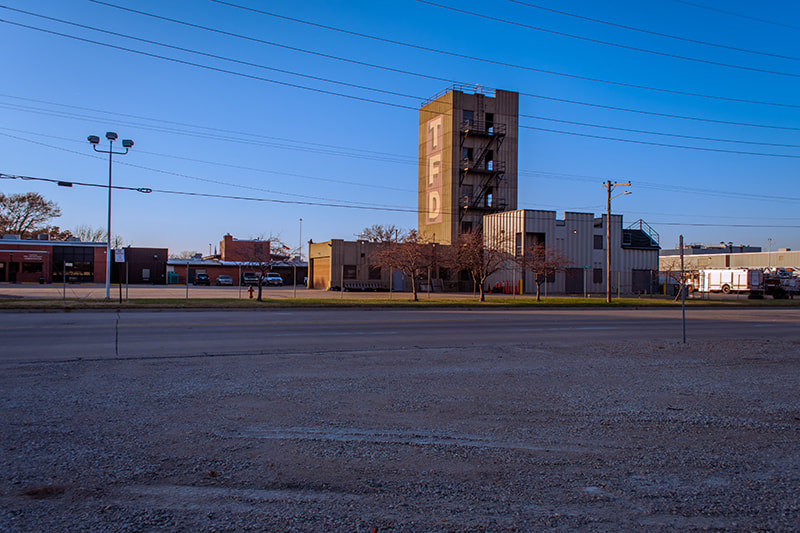Then and Now
The purpose of federal urban renewal was to replace dilapidated housing with new, affordable housing. Topeka turned 100 in 1954, so there were no doubt homes and buildings that were in need of modern amenities. The Bottoms was not unlike other low-income communities in the United States. The Topeka newspapers called the area blighted and slums. There were homes without plumbing or central heating and air conditioning.
I wanted my photo project to look at the area today, 60 years later, and tie in the history of a forgotten community. I wanted to show the lack of representation of Bottoms community members in the decision making that led to the destruction of their homes and businesses.
I wanted my photo project to look at the area today, 60 years later, and tie in the history of a forgotten community. I wanted to show the lack of representation of Bottoms community members in the decision making that led to the destruction of their homes and businesses.





